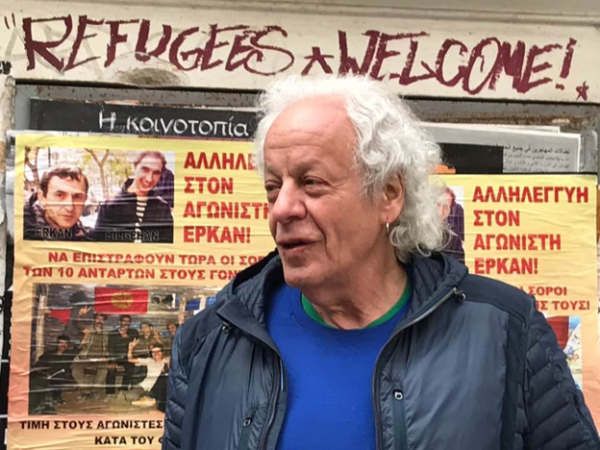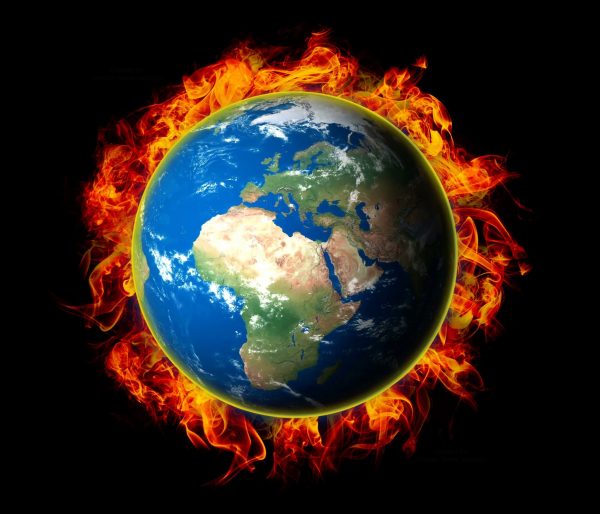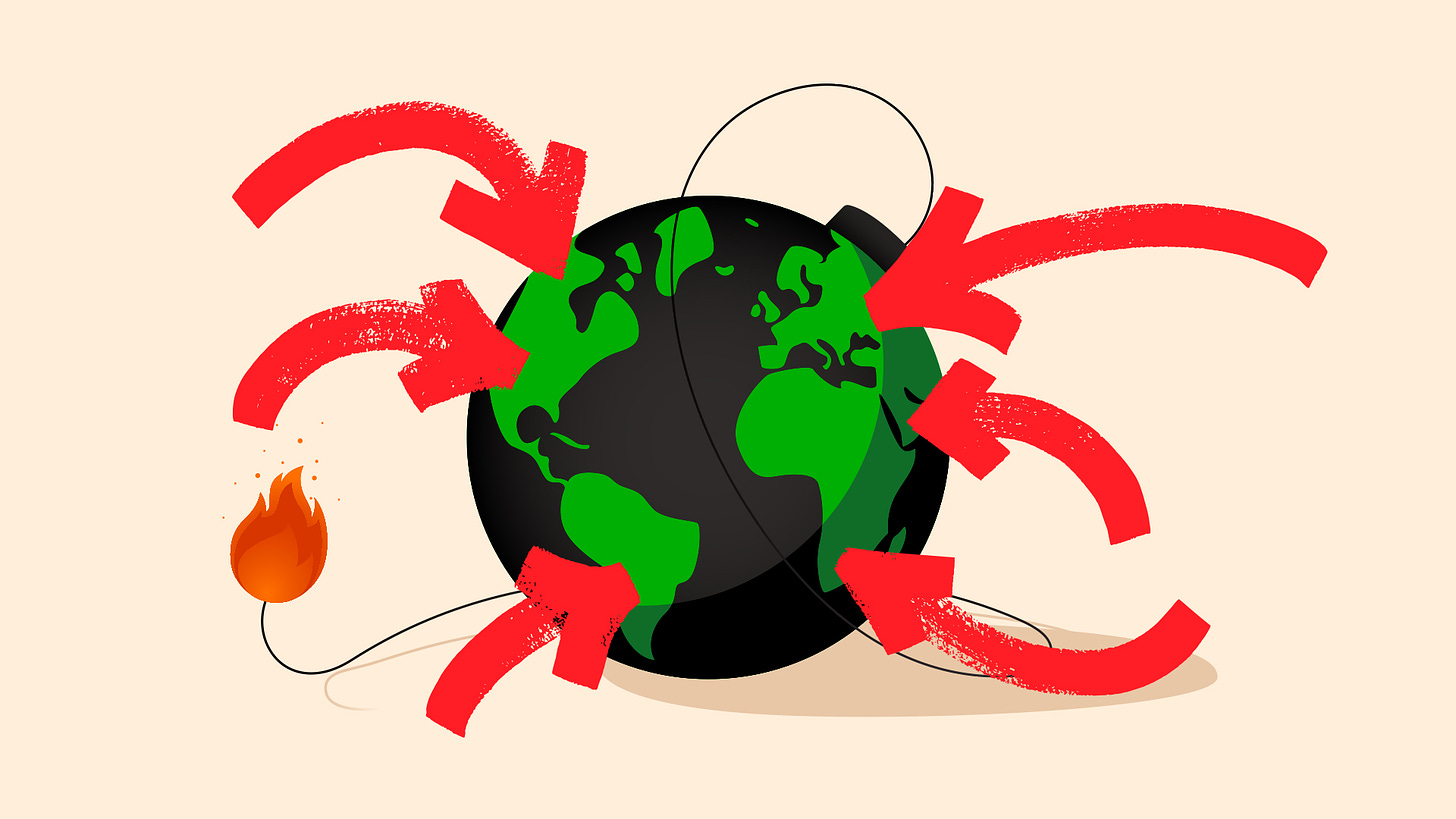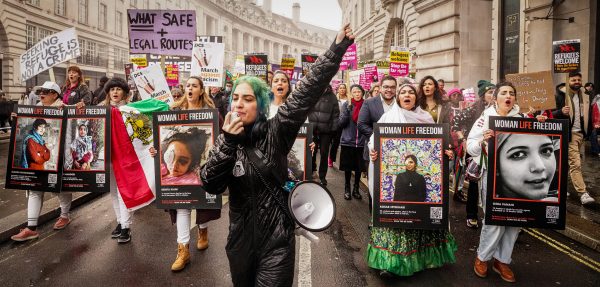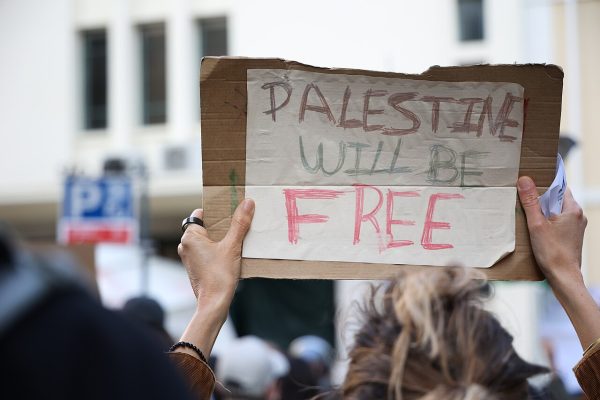Is the drumbeat of war on the Israel/Lebanon front a prelude to all-out war?
Recent weeks have witnessed a sharp escalation of the exchange of fire between the Lebanese resistance and Israeli forces in South Lebanon/North of the Zionist state. This escalation has been accompanied by an escalation of statements and threats between the two sides, with increasing Israeli threats to launch an all-out war on all areas where Hezbollah is deployed and inflict on them a fate similar to that of the Gaza Strip in terms of the intensity of destruction.
However, while Israeli army sources assert that it is fully prepared to wage this war, these assertions are contradicted by the ongoing efforts to increase the number of mobilized reservists from 300,000 to 350,000 by raising the age of exit from the reserve (from 40 to 41 for soldiers, 45 to 46 for officers and 49 to 50 for specialists such as doctors and aircrew members).
Moreover, these efforts continue to clash with the insistence of the Zionist military command on the need to end the exemption from conscription for ultra-Orthodox yeshiva students, which would increase the number of soldiers without increasing the burden on the families and jobs of the current recruits and hence on the country’s economy. Thus, while efforts to increase mobilization certainly indicate the determination of the military leadership to complete preparations for an all-out war on Lebanon, they indicate at the same time that the escalation of threats from the Israeli side does not reflect a real intention to launch a full-scale war on Lebanon in the current circumstances, especially since everyone realizes that the cost of such a war for the Zionist state will be much higher than the cost of invading Gaza, both in terms of human cost (even if the Zionist army refrains from invading Lebanese territory and limit itself to intensive bombardment, as is likely, the number of bombing casualties inside the State of Israel will inevitably be greater than in the war on Gaza), military cost (the type of equipment the Zionist army will need to use against Hezbollah), or economic cost.
This reality creates a serious problem for Israel, as it cannot wage an all-out war on Lebanon without massive increase in aid from the United States compared to the already great aid provided by Washington in the genocidal war waged on Gaza. Moreover, since Hezbollah is organically linked to Tehran, an all-out war by Zionist forces against Lebanon could expand to include Iran, which could fire rockets and drones into the State of Israel, as it did last April. In light of this dependence of the Israeli attack on US aid, Netanyahu’s sudden escalation of rhetoric against the Biden administration in recent days is further evidence of the Zionist government’s unwillingness to launch an all-out war on Lebanon in the current circumstances, as Netanyahu’s behaviour towards Washington contradicts his army’s need for even more American support than it has received so far.
It has thus become clear that Netanyahu is betting on Donald Trump’s winning a second term in the US elections scheduled for early November. He is acting like a gambler who decided to throw everything he had on the table playing double or quits. Besides, Netanyahu is politically benefiting from the escalation of tensions between him and the Biden administration, which increases his popularity by portraying him as a Zionist ruler who stands up to external pressures even in the most difficult circumstances. He is preparing for a new round of this political game by showing the significant political support that he enjoys in the US Congress against the Biden administration when he goes to Washington to deliver his fourth speech to a joint session of the House of Representatives and the Senate on July 24.
If Trump wins the election, Netanyahu will be looking for a support free from the kind of limitation and pressure that the Biden administration has recently tried to impose on him. If Trump fails to win, Netanyahu is likely to negotiate with the Biden administration and the Zionist opposition to obtain guarantees enabling him to break his reliance on the Zionist far right in his government and form a “national unity” cabinet that he would head until the next elections in 2026. The opposition, for its part, will certainly try to get rid of him, by splitting the coalition on which his current government is based in the Knesset and forcing early elections.
Do not think however that the political struggle within the Zionist political elite is between hawks and doves: it is rather between hawks and vultures. Both sides, Netanyahu and the opposition, believe that there is no third option on their northern front but for Hezbollah to acquiesce and accept to withdraw north in implementation of Resolution 1701 adopted by the UN Security Council following the 33-day war in 2006, or for them to wage a fierce war against Hezbollah at a high cost, which they all see as necessary in order to reinforce their state’s deterrent capacity, significantly diminished on the Lebanese front since 7 October.
25 June 2024
Souce Gilbert Achcar’s blog.
P.S.
If you like this article or have found it useful, please consider donating towards the work of International Viewpoint. Simply follow this link: Donate then enter an amount of your choice. One-off donations are very welcome. But regular donations by standing order are also vital to our continuing functioning. See the last paragraph of this article for our bank account details and take out a standing order. Thanks.

